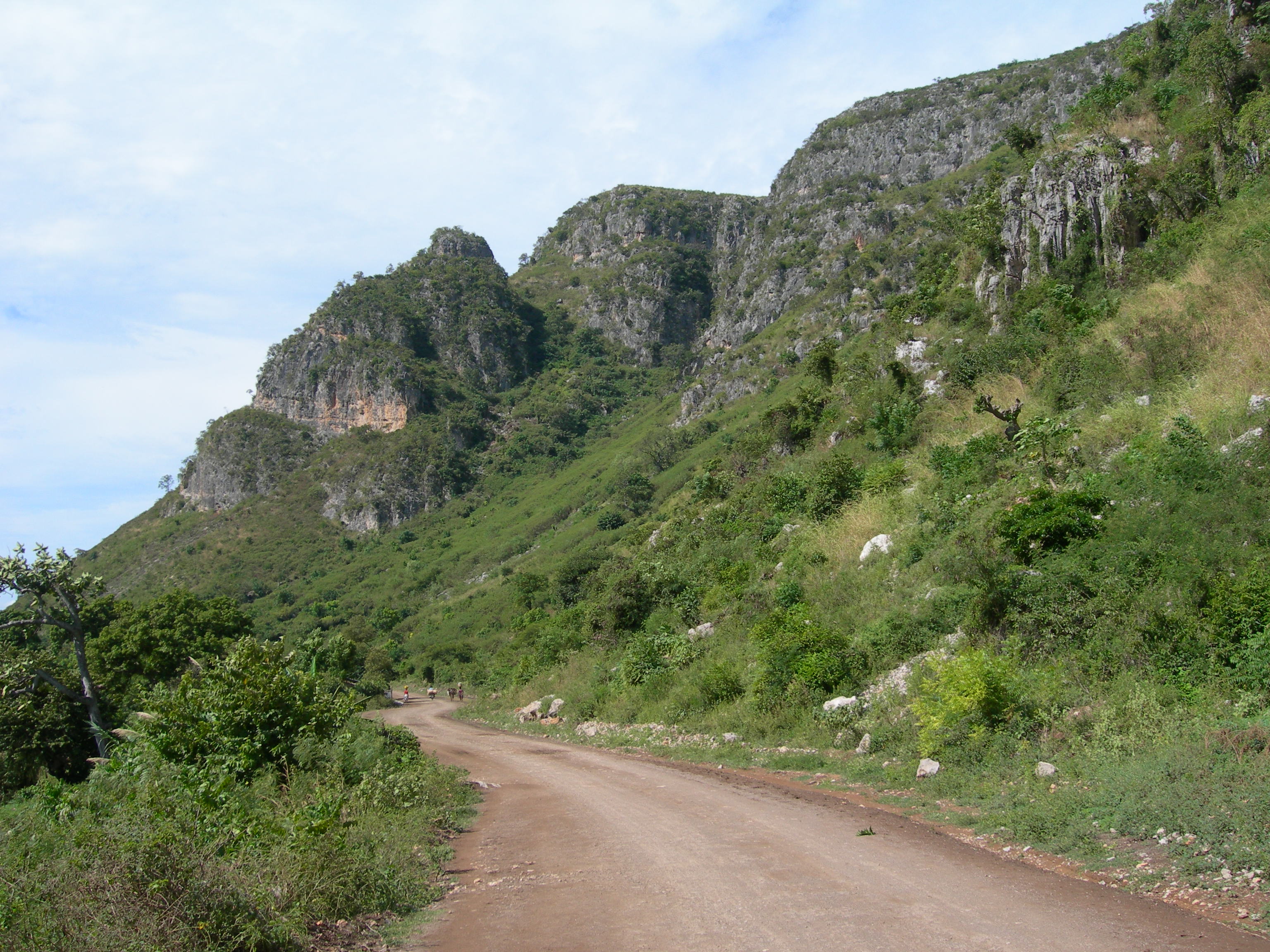|
TQ (Haiti)
Tele Quisqueya (TQ) is a television station located in Saint-Marc, Haiti Saint-Marc ( ht, Sen Mak) is a commune in western Haiti in Artibonite departement. Its geographic coordinates are . At the 2003 Census the commune had 160,181 inhabitants. It is one of the biggest cities, second to Gonaïves, between Port-au- .... Broadcasting on channel 15 UHF and channel 9 VHF, it covers all of Artibonite and other departments in the country. As a commercial station it offers a dynamic program with rich content. The station also operates an FM radio station ("amazone") on 99.1 FM. External links TQ's official website Television stations in Haiti {{tv-station-stub ... [...More Info...] [...Related Items...] OR: [Wikipedia] [Google] [Baidu] |
Saint-Marc, Haiti
Saint-Marc ( ht, Sen Mak) is a commune in western Haiti in Artibonite departement. Its geographic coordinates are . At the 2003 Census the commune had 160,181 inhabitants. It is one of the biggest cities, second to Gonaïves, between Port-au-Prince and Cap-Haïtien. Before the settlement of the French, the region was known as Amani-y ad part of the Xaragua caciquat. The port of Saint-Marc is currently the preferred port of entry for consumer goods coming into Haiti. Reasons for this may include its location away from volatile and congested Port-au-Prince as well as its central location relative to a large group of Haitian cities including Cap-Haïtien, Carrefour, Delmas, Fort-Liberté, Gonaïves, Hinche, Limbe, Pétion-Ville, Port-de-Paix, and Verrettes. These cities, together with their surrounding areas, contain nearly eight million of Haiti's ten million people (2009). In 1905 the ''Compagnie Nationale'' or ''National Railroad'' built a 100 km railroad north to Sain ... [...More Info...] [...Related Items...] OR: [Wikipedia] [Google] [Baidu] |
North American Broadcast Television Frequencies
The Pan-American television frequencies are different for terrestrial and cable television systems. Terrestrial television channels are divided into two bands: the VHF band which comprises channels 2 through 13 and occupies frequencies between 54 and 216 MHz, and the UHF band, which comprises channels 14 through 36 and occupies frequencies between 470 and 700 MHz. These bands are different enough in frequency that they often require separate antennas to receive (although many antennas cover both VHF and UHF), and separate tuning controls on the television set. The VHF band is further divided into two frequency ranges: VHF low band (Band I) between 54 and 88 MHz, containing channels 2 through 6, and VHF high band (Band III) between 174 and 216 MHz, containing channels 7 through 13. The wide spacing between these frequency bands is responsible for the complicated design of rooftop TV antennas. The UHF band has higher noise and greater attenuation, so higher gain ... [...More Info...] [...Related Items...] OR: [Wikipedia] [Google] [Baidu] |
Artibonite (department)
Artibonite ( French) or Latibonit (Haitian Creole) is one of the ten departments of Haiti located in central Haiti. With an area of 4,887 km2 it is Haiti's largest department. As of 2015, its estimated population was 1,727,524. The region is the country's main rice-growing area. The main cities are Gonaïves (the capital) and Saint-Marc. In February 2004 an insurgency tried unsuccessfully to declare Artibonite's independence. Etymology The name L'Artibonite is derived from the Artibonite River the longest river on the Quisqueya island. L'Artibonite is derived from the Taino worJa'tibonicu'meaning The Great High Place of the Sacred Waters. Under Toussaint's administration of the island, the department was known as Toussaint's Department. History Taino Period During that period the actual department seats between the three casicas of Marien, Maguana, and Xaragua. The border between those chiefdoms is assumed to be the Artibonite River. Although the department's capital ... [...More Info...] [...Related Items...] OR: [Wikipedia] [Google] [Baidu] |
FM Radio
FM broadcasting is a method of radio broadcasting using frequency modulation (FM). Invented in 1933 by American engineer Edwin Armstrong, wide-band FM is used worldwide to provide high fidelity sound over broadcast radio. FM broadcasting is capable of higher fidelity—that is, more accurate reproduction of the original program sound—than other broadcasting technologies, such as AM broadcasting. It is also less susceptible to common forms of interference, reducing static and popping sounds often heard on AM. Therefore, FM is used for most broadcasts of music or general audio (in the audio spectrum). FM radio stations use the very high frequency range of radio frequencies. Broadcast bands Throughout the world, the FM broadcast band falls within the VHF part of the radio spectrum. Usually 87.5 to 108.0 MHz is used, or some portion thereof, with few exceptions: * In the former Soviet republics, and some former Eastern Bloc countries, the older 65.8–74 MHz band ... [...More Info...] [...Related Items...] OR: [Wikipedia] [Google] [Baidu] |
.jpg)

